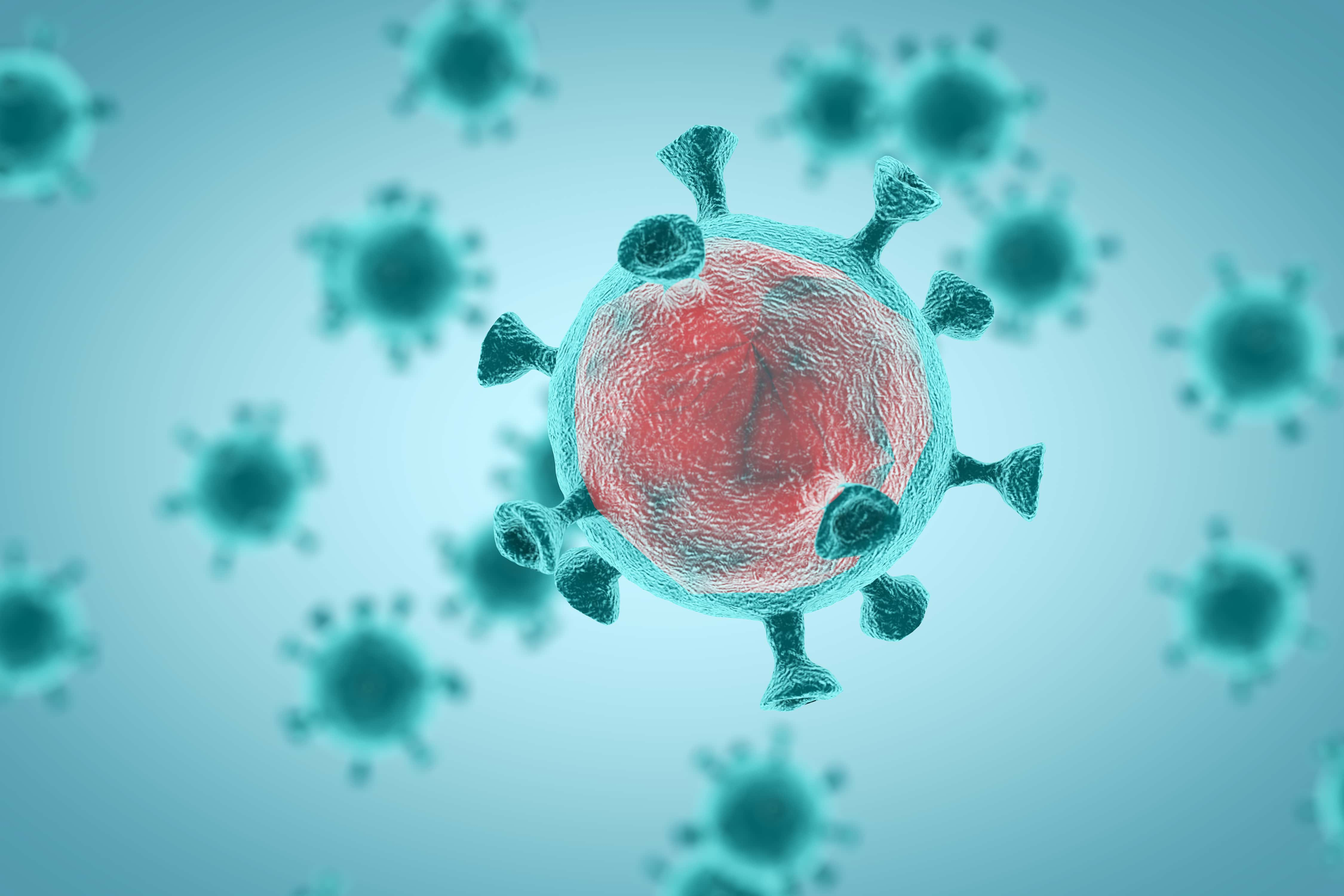Did coronavirus originate in India? Chinese scientists claim first transmission took place during 2019 heatwave

Scientists from China are claiming that Wuhan is not the place where human-to-human transmission of Covid-19 first happened. Instead, they argue that the virus likely originated in India during a heatwave and resulting water crisis that could have increased the chances of interactions between humans and wild animals. The World Health Organization (WHO) is currently investigating the origins of the coronavirus.
The current paper has been posted as a pre-print, which implies that it is yet to be peer-reviewed, and its findings cannot be interpreted as established conclusions. Based on SARS-CoV-2’s mutation rate, it estimates that the beginning date for the earliest human-to-human transmission in the subcontinent was July or August 2019.
“From May to June 2019, the second-longest recorded heatwave had rampaged in northern-central India and Pakistan, which created a serious water crisis in this region. The water shortage made wild animals such as monkeys engage in the deadly fight over water among each other and would have surely increased the chance of human-wild animal interactions,” write authors.
The researchers from the Chinese Academy of Sciences and Fudan University speculate that the zoonotic transmission of SARS-CoV-2, the virus that causes Covid-19, “might be associated with this unusual heatwave.” “If it was the case, the heatwave would explain why SARS-CoV-2 is able to rapidly spread in the summer of 2020 while SARS-CoV and MERS-CoV usually slow down their spread in high temperatures. Before it was identified in Wuhan in December 2019, SARS-CoV-2 had been spread to four continents without detection. In this regard, the Covid-19 pandemic is inevitable in 2020 and the Wuhan epidemic is only a part of it,” they add.
However, this is not the first time that Chinese researchers have blamed other countries for the origin of Covid-19. Zeng Guang, the former chief epidemiologist, along with the Chinese Centers for Disease Control and Prevention (CDC), recently claimed that while Wuhan was where the coronavirus was first detected, it was not where it originated. He cited the example of an Italian study, which suggested that Covid-19 was circulating in Italy in September 2019, months before it was detected in Wuhan in December 2019.
“China has built a world-leading monitoring system to report unknown pneumonia since the outbreak of Sars in 2003. We always stay on high alert. Thanks to this system, we are able to become the first in the world to identify Covid-19,” said Guang.
The Italian research team, however, argued that their study did not dispute the origins of coronavirus. “These findings simply document that the epidemic in China was not detected in time,” Giovanni Apolone, scientific director of the Milan-based National Cancer Institute (INT) and a co-author of the study explained.

The findings
In the latest paper, the Chinese authors used a method that counts the number of mutations in each viral strain. They suggest that the strains with the most mutations have been around for a longer time, and those with fewer mutations are closer to the original ancestor of Covid-19.
Using this method, the team states that the SARS-CoV-2 strain first identified in Wuhan is not the least mutated strain. Instead, they say that the least mutated strain can be found in eight countries across four continents: Australia, Bangladesh, Greece, the US, Russia (Serbia), Italy, India, and the Czech Republic. “Theoretically, any one of them could be the birthplace of the least mutated strain. Due to its low mutability, SARS-CoV-2 is capable of preserving its genome integrity after a long time and range of transmission,” they writes.
But the virus could not have jumped to humans from all these places at the same time, argue authors. They claim that the area of the first outbreak should have the largest genetic diversity, indicating it had been around for longer. No other regions had more viral diversity than India and Bangladesh, they emphasize. The researchers also add that since the “least mutated strain can be found in both India and Bangladesh,” it is “natural for someone to deduce that the earliest human-to-human SARS-CoV-2 transmission might occur on the Indian subcontinent.”
“Our results have proven that Wuhan is impossible to be the original place of human-to-human SARS-CoV-2 transmission. The questions then become what was its transmission route to Wuhan and where human-to-human transmission first happened. The phylogenetic analysis proposes that SARS-CoV-2 was cryptically transmitted to Wuhan from Europe and experienced at least one positive selection event during the process,” say researchers. They add, “The least mutated strain presenting in both Bangladesh and India makes the earliest human-to-human SARSCoV-2 transmission occurred in the Indian subcontinent a very sound scientific hypothesis.”
Based on their findings, the team suggests that before it spread to Wuhan, SARS-CoV-2 had already experienced “adaptive evolution” during its human-to-human transmission. “The positive selection sites could contribute to the different clinical features of different SARS-CoV-2 strains. Both the least mutated strain’s geographic information and the strain diversity suggest that the Indian subcontinent might be the place where the earliest human-to-human SARS-CoV-2 transmission occurred, which was three or four months before the Wuhan outbreak,” they conclude.